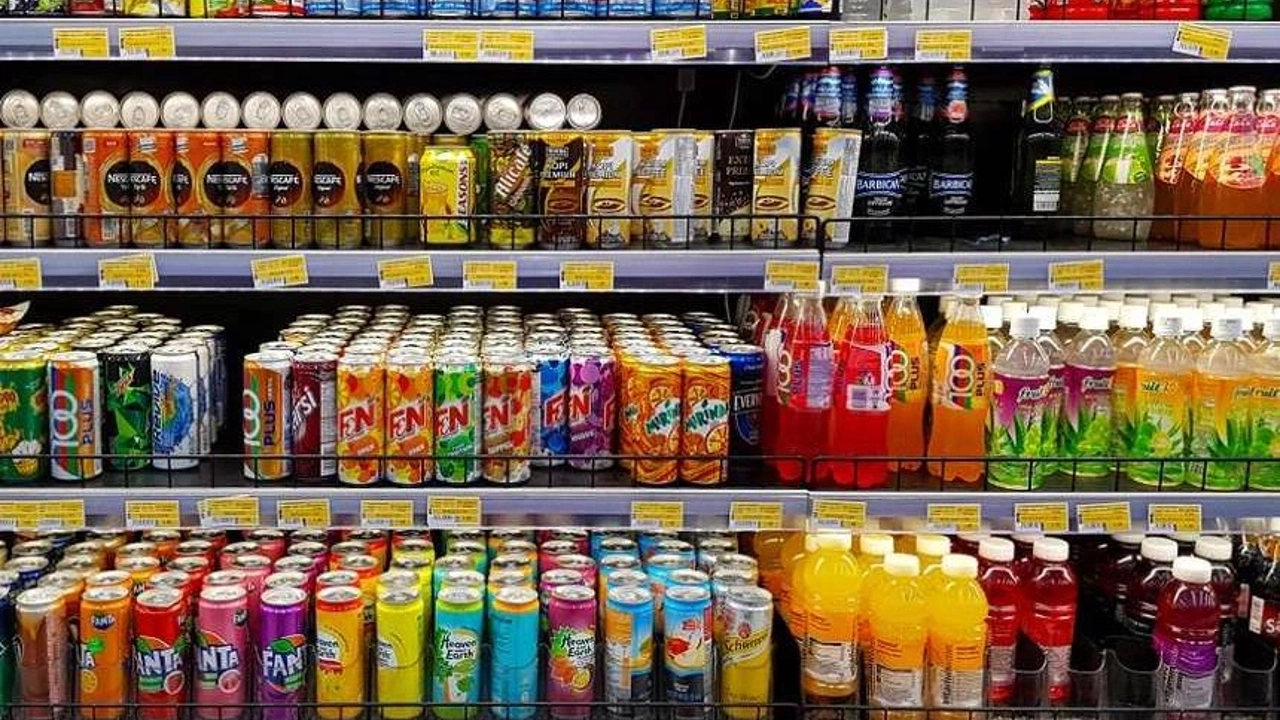According to figures from the Central Planning Bureau (CPB) and the Social and Cultural Planning Bureau (SCP), poverty figures in the Netherlands reached almost one million last year, and these people have had to cope with poverty. That’s just under 6 percent of the population.
Poverty figures in the Netherlands skyrocketed during the credit crisis, reaching 1.2 million people in 2013. In 2017, that number fell below 900,000. This number corresponded to 5.4 percent of the Dutch population. Since then, the number of people in poverty has fluctuated between 5.5 percent and 6.0 percent.
Exact figures for this year are not yet available. However, CPB and SCP made a guess. They expect poverty to rise sharply to reach 1.1 million people by 2022. The reason for this increase is high inflation. In particular, natural gas, electricity, fuel and food became significantly more expensive. Poverty is expected to fall again next year as the government will take action from 1 January. These measures include, for example, imposing a ceiling price for energy, raising the minimum wage and social benefits, and lowering the income tax.
Dutch poverty figures released (October 2022)
The situation is bleak for some people struggling with poverty
To determine where the poverty line lies, the two institutions look at how much money it takes to manage a household independently. This means you can pay for basic necessities like clothing, food and shelter, in addition to insurance. It also includes the costs of some social expenses, such as going on vacation for a week each year and subscribing to a sports club. According to CPB and SCP this should be possible with a monthly income of 1,298 Euros. Therefore, for some, with their income and balance of payments, this is nothing more than a crude dream.
In some cases, people suffer from a deficit of thousands of euros a year, in others the lack of money is less. One in ten poor says they don’t have enough money to have a hot meal every two days. 9 percent also struggle with payment delays. The CPB and SCP say that, on average, households have less deficits than during the credit crisis.
Many children grow up in poverty
It is noteworthy that poverty among children is relatively higher than that of adults. For example, last year 7.2 percent of children in the Netherlands lived in poverty. Among all age groups, children’s money problems reached 5.7 percent. Relatively more children were poor, in part because some parents stopped working temporarily after the child’s birth or worked fewer hours.
Child poverty has fallen almost every year since 2013. In 2013, 350,000 children lived in poverty, representing 10.2 percent of the total. Last year, that rate had fallen to 7.2 percent. Poverty is expected to rise sharply again this year, reaching 9.2 percent, or 301,000 children. Due to government plans, the number of poor children will likely drop to 6.7 percent next year.
Other welfare-related problems
Statistics show that those who receive aid are more likely to face poverty. It is generally more difficult to make a living, especially if the person is receiving social assistance. More than half (268,000) of 507,000 households dealing with poverty have to live on social benefits (excluding pensioners). While this number remains ‘limited’ at 168,000 among those employed, the self-employed make up a relatively larger share.
Households with non-Western immigration backgrounds are even higher in poverty. One out of every five households in this group has a low income. The largest share is made up of people of Syrian origin, 54 percent of whom live in poverty. In 40 percent of cases with very little money, there are households of Eritrean descent.
Households with a Western migrant background also have difficulty making a living. The percentage of people of Bulgarian origin living in poverty is almost 20 percent.
Dutch poverty figures released (October 2022)
Rates are high in Randstad, South Limburg and Groningen
Not surprisingly, poverty appears to be present mainly in big cities. These cities include Amsterdam, Arnhem, The Hague, Groningen and Rotterdam. In these cities, more than 11 percent of households have to make do with a very thin wallet. This rate is highest in Rotterdam, where more than one in eight households (12.8%) live in poverty. Groningen and Amsterdam are next.
There are also many households in other parts of the country who live on little money. For example, there are four districts in South Limburg where more than 9 percent of the population is poor. In addition, in most of the states of Groningen and Twente, many people find it difficult to earn a living.
The Netherlands is doing better than neighboring countries
While poverty is substantial in the Netherlands, it is not so bad compared to other European countries. According to figures from Eurostat, the European Statistical Office, poverty is higher in the Netherlands in 22 of the other 26 EU countries.
In doing so, European accountants assess whether people can, for example, change their clothes, meet their household needs, or make unexpected expenses. Eurostat thinks that one in six Dutch (16.6%) will have difficulties in these situations. That’s less than most EU countries, including neighboring countries like Germany, France and Belgium.





















































